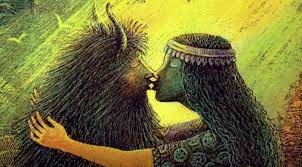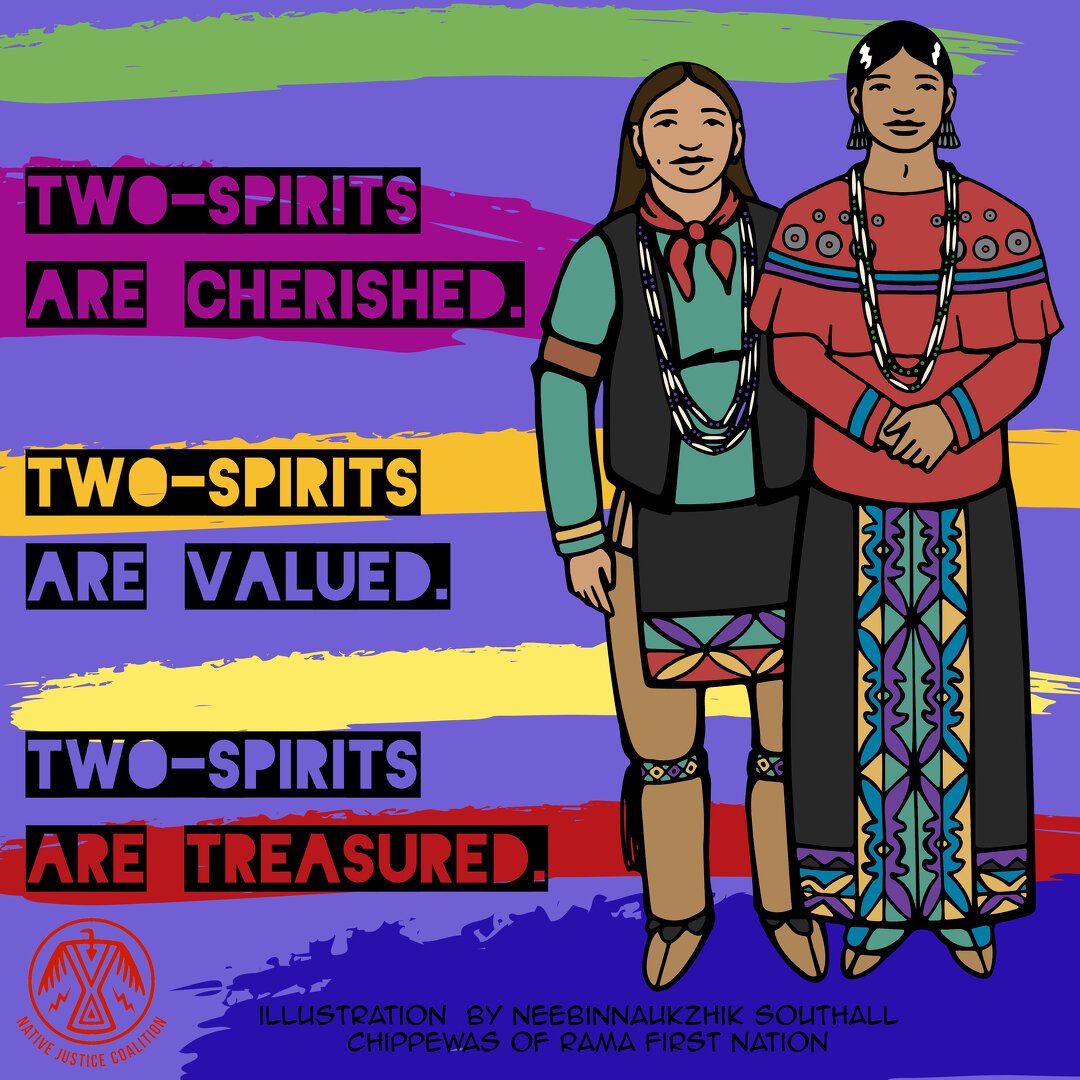What Do “Gay” and “Queer” Really Mean?
The US Supreme Court’s decision to reverse Roe v. Wade not only has taken away a woman’s right to abortion, but also has put other hard-won rights at risk. We are now facing an uncertain future where our rights to same-sex marriage and contraception may not be guaranteed.
With our civil rights under attack, public action is critical.
Democrats in Congress, realizing how easy it has become to simply take away rights, have moved to codify recognition of same-sex marriages under federal law. Last week, on July 19, the House of Representatives passed the Respect for Marriage Act, 267-157, with 47 Republicans adding their support. The bill is now before the Senate.
Direct action works. I know this from my experience working as a journalist for the LA Weekly and the LA Times during the AIDS crisis. From 1991 to 2000, I covered the AIDS Coalition to Unleash Power (ACT UP), witnessing how this group forced the government to move on its inaction and streamline the medicine now keeping people alive. Check out Sarah Schulman’s book, Let the Record Show, to learn more about ACT UP/NY, or Dante Alencastre’s movie, “Aids Diva: Connie Norman.” Yours truly makes a special appearance!
Though decades have since passed, I remember acutely the hurt and pain many of us brought to our fight against government inaction. As we raised awareness for AIDS, we were also reckoning with the trauma that is growing up queer in a heterosexual world. Emotions ran high. People bristled. We split, became polarized, and took our arguments home.
I realized change—true change—requires a dual form of activism. On the one hand, we must have stamina to fight the bullies in the “real world. ”On the other hand, we have to contend with our “inner bullies,” those who terrorize our psyche in a very “real” way. How, in the midst of these battles, can we find that oomph we need to fight both?
Where does it reside? How can we access it? And, more centrally, can we, as LGBTQIAA+ people, lay a claim to it?
***
Whenever someone asks me to clarify what I mean by the “world of the psyche,” I often try to simplify it by asking them about their dreams. Who appears in their dreams? Where did they come from? Why do they seem so real?
These were questions I asked myself as a young gay man struggling to make sense of my own pain. I didn’t like the fogginess that took over when my feelings were hurt. I had no clue how to label, identify, personify, metabolize, or communicate my emotions in a healthy way. I simply shut them down or waited for them to explode.
While not my fault (#familylessons), I knew I couldn’t continue living in such inner turmoil. I began to probe my psyche on my own, and as I dug deeper and deeper, a small voice made itself heard.
“Doug,” it said, “if you really want to make change in the world, and if you really want to stop over-eating when you are feeling a certain type of way, maybe you should get some help.”
I needed a therapist. Not just any therapist, but one I today might call “deeply LGBTQ-Affirmative,” someone who could help me understand my feelings, discover my true self, and learn about my histories as both a Jew and a gay-identified man.
Somehow, I had sensed that being gay came with a history of its own—something akin to a legacy, or a soul.
My study of Jewish culture and history suggested to me the possibility that many of the problems facing queer people—a term not used by everyone but the best short-hand for this blog—came from the diaspora that cast us from our original homeland.
We all know, of course, that the people we today call “lesbian, gay, bisexual, trans, queer, questioning, intersex, allied, plus” are not a singular group of people, but a collection of diverse individuals with many differences between them who could not possible come from one, identifiable place.
But maybe there is an imaginal place to which we are all tied—a homeland we need to reclaim?
These were the questions I began contemplating after I, the “poor boy from the Bronx,” finessed my way into Columbia College. Sitting in the All Boy’s Library reading Plato, I thought, Wow. We have a culture. We have a history. We have a legacy. But why has it been rendered invisible?
Say what you will about Plato and his privileged-white-male problems, but in The Symposium, we become privy to a drinking party of arguably gay men giving speeches on the nature of love—including homosexual love.
Here, we learn that same-sex love can procreate children—not biological children, but ones of the mind, born of science, art, craft, and philosophy. Homosexual love possesses its own patron Goddess, the heavenly Aphrodite, and, per Socrates, it even represents a spiritual path.
Lesbian love has a similar type of sacred transmission. Sappho, who lived from c. 630 – c. 570 BC and is widely regarded as one of the greatest lyric poets, was dubbed the “Tenth Muse” and “The Poetess. Sadly, most of Sappho's poetry is lost, and what is extant has mostly survived in fragmentary form. Only the "Ode to Aphrodite” is complete.
Other greats populated my cultural awakening. I was introduced to Rumi, another Sufi poet, whose spiritual poems centered around an older male lover. I discovered Shakespeare held a sacred love for a “Dark Youth,” and Walt Whitman based his vision of democracy on a kind same-sex love he called “adhesive.”
More, too, was there to discover from the histories of the ancient dynasties of China, Japan, and Rome. There is an undeniable bisexual strain woven into Roman poetry suggestive of the kind of constitutional bisexuality articulated centuries later by Freud. Joan of Arc embodies a transgendered spirituality, not unlike the tribal lore of the Native American “We’Wha,” a person of Two Spirits, a person the Zuni tribe dubbed, “Man-Woman.”
From this ancient history, a modern history erupted in the 19th century, taking us to modern sexology and 1969’s Stonewall Rebellion.
Now, we are interrogating the cis-male focus of modern Gay Liberation and Gay Sexual Revolution through lenses of lesbian feminism, queer women of color, and trans people of color.
Some of the soulful aspects of early modern queer liberation have been diluted by queer people’s dual desires to “fit in” and take part in the conversation on assimilation—to discuss it, critique it, and skeptically “Deconstruct” it through evolving approaches of queer theory.
Many of my new clients these days are young males with only a “thin” understanding of what it means to be “gay.” They tell me, “I just like men.” They do not know yet how deep our unique history runs.
We are understanding and uncovering more of our complex spirituality and history. Dots are being identified, and now we must find ways to connect them.
Personally, I think all these labels (including “gay”) fail to articulate that oomph their accompanying dispositions carry. Jews, African Americans, red-haired Scots—all can point to biology, to genograms, to ancestry to trace a legacy. But there is no way to chart the label of “queer,” for this word can mean anything under the non-heteronormative rainbow!
This is what I invite you to consider: if we can identify a common morality and spirituality that comes with our LGBTQIAA+ identities, how do we label that? How do we claim membership to this wonderful, extended family? What words do we use to describe ourselves?
I know I started this blog out talking about the urgency for political change, but before we can we TRULY mobilize, we must understand who we are and where we come from. We must lay claim to our deep and synthetic history we have been so long denied.
If you have any thoughts on this, or have questions, don’t forget to “ASKDRDOUG.”









